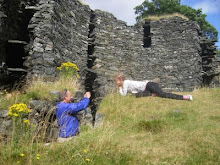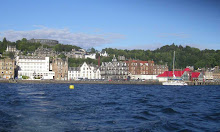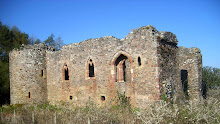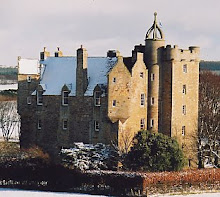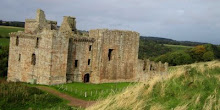I don't normally highlight particular hotels or inns in this blog. We have about 700 on our database and they all have their particular strengths. But last weekend I stayed at a most remarkable place in Upper Donside, Aberdeenshire. Two years ago the four hundred year old Glenkindie Inn was a rundown pub, probably destined to become a private house or worse, a second home, but certainly nothing that would draw people into the area.
Enter Ian Simpson, an entrepreneurial chef from England, looking to start his old business. The bar is now a smart little restaurant, the rooms up above are comfortable if not luxurious.
The menu options are on the blackboard and my three course dinner was delicious, beautifully served, fully justifying the inn's newly acquired two AA rosettes.
 For breakfast I went for honeyed apricots and yoghurt followed by scrambled eggs, mushrooms and bacon. I was invited to choose my own local free range eggs, the mushrooms were actually locally gathered chanterelles and the toast came with home made jam. Dinner bed and breakfast cost less than GBP 65.
For breakfast I went for honeyed apricots and yoghurt followed by scrambled eggs, mushrooms and bacon. I was invited to choose my own local free range eggs, the mushrooms were actually locally gathered chanterelles and the toast came with home made jam. Dinner bed and breakfast cost less than GBP 65. We need more Ian Simpsons. Good luck to him.














































